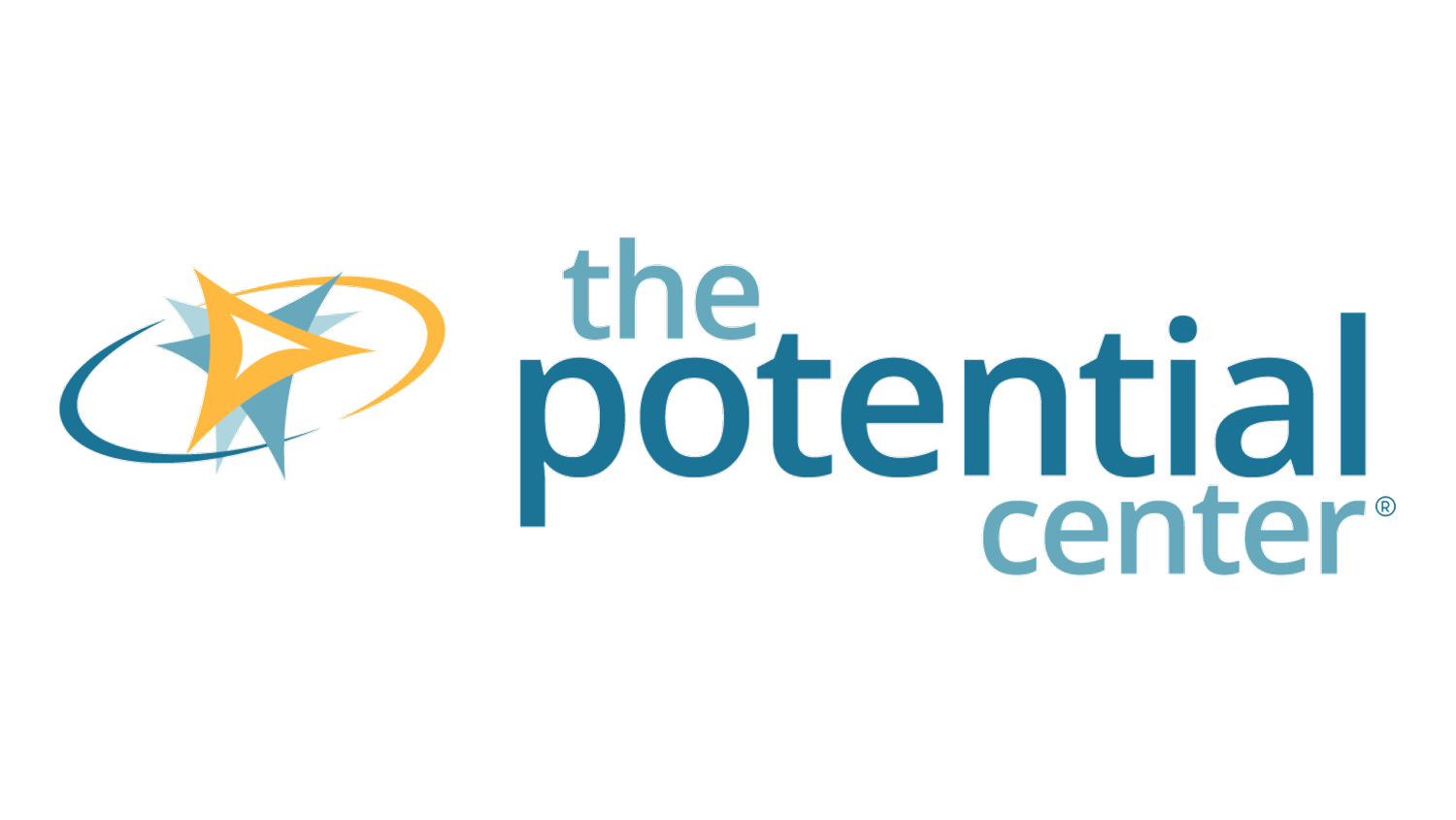Planning to Ideate
Planning to ideate is a left and right brain activity
I lied.
Previously I said the subject of this post was going to be the fourth and final stage of Light Bulb Thinking™, whether to implement or innovate.
Instead, I’m going to postpone this topic until next time because I was caught off-guard by something I heard in the past week and I wanted to share it. It’s a perfect example of being open to your surroundings and tuning in to things you haven’t noticed before. And this allows you to find new ideas and solutions in the most unlikely places.
This story is a cross between the planning and ideating phases of Light Bulb Thinking™.
I happened to come across the TED radio hour the other day. The show’s theme was copying – when is it thievery, and when is it inspiration? The guest provided a beautiful instance of “planning to ideate” by describing how Apple came up with the concept for their retail locations.
When Apple was working on the concept and layout for its first stores, Jobs asked around: "What's the best customer experience you've ever had yourself, as a customer?"
One answer came up time and time again. It wasn't a tale of awesome customer service at the companies with whom the Apple Store would soon be competing.
The best customer experience took place at a Ritz-Carlton resort or other five-star hotel or resort. So Apple decided to model their retail arm on the Ritz-Carlton, to the extent that the company enrolled all its soon-to-be Apple Store managers in the Ritz-Carlton training and leadership program.
The most recognizable innovation that came out of this approach was the Apple Genius Bar. Once you picture the way a top tier concierge station operates, it’s easy to see how the transition to the Genius Bar came about.
If you happen to be near an Apple store, wander in and observe how the staff behave, notice how you and other customers react, and look for similarities with an upscale hotel.
Apple purposely ignored how their competitors Best Buy and Circuit City had designed their retail spaces. Instead, they began by researching what their customers were looking for – a personalized customer experience – then found a way to give them that experience.
When you commit to noticing new things, it signals a “what if” to your subconscious. The more you allow yourself to notice what you see, hear, feel, and smell, the more you’ll be attuned to wondering how a solution from another world might be applied to your own for a totally different result.
Next time: The fourth and final stage of Light Bulb Thinking™, “Implement or Innovate”
Light Bulb Thinking™
With the right support, any organization, team, and individual can learn creative ways to solve problems. At The Potential Center™, our mission is to simplify the creative problem-solving and innovation process so you can address urgent, pervasive and expensive problems. All while building better working teams.
Light Bulb Thinking™ demystifies and systematizes the creative problem-solving and innovation processes to open the door to fresh ideas and creative strategic solutions.
Subscribe to the blog here.
…And help colleagues and friends that would also appreciate a creative perspective on solving problems – forward this post :).
I’d be happy to have a conversation if you’d like to further explore a particular concept, or if you’re stuck on how to make the shift towards more creative problem-solving in your organization. Contact me at Ellia@ThePotentialCenter.com and we’ll arrange a time to talk.


